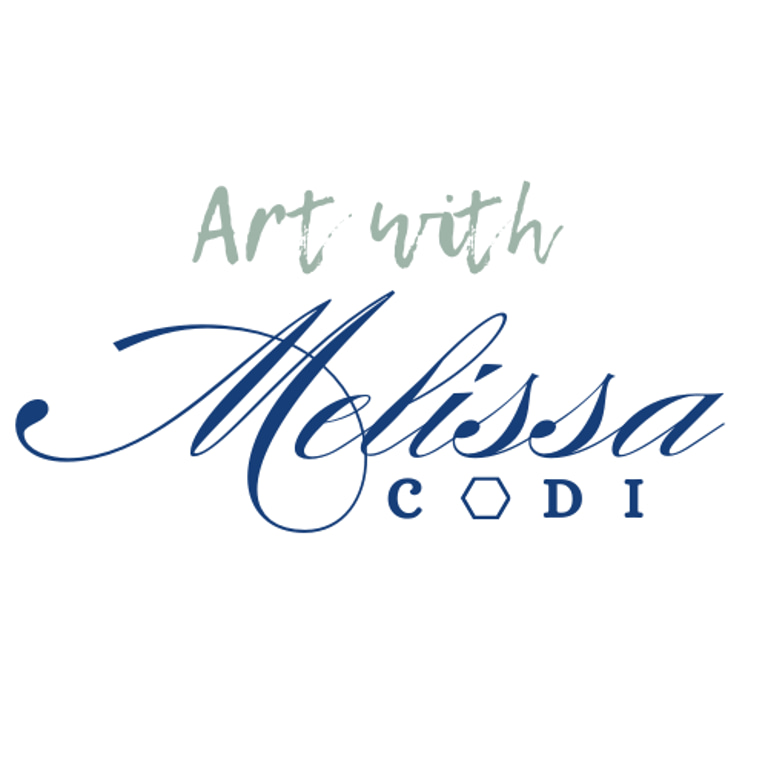Setting Up Your Studio Workspace
10 Things to help make your studio workspace more organized to avoid frustration and ...accidents.
Melissa Codi
5/8/20243 min read


Art, Inspiration, Growth
There's nothing like being mid-way done with an artwork only to accidentally knock over a cup of paint water, or have your paper slide under your hand while erasing, or have a pile of papers avalanche onto your wet paint, or not be able to find a tool when time is of the essence, or think your shading is great until you get into a different lighting and realize it's flat... the scenarios for accidents, missed opportunities and time-stealers during the art making experience are endless. Implementing some organization and decluttering into your work space not only helps with productivity, but it helps to declutter your mind of subconscious stress so that your creativity can flow more freely, leading to a more positive art-making experience. This guide offers actionable tips for artists of all levels.
1. Assess Your Current Space
Take Stock: Evaluate your space. Is there clutter? Are there unused materials? Does your layout accommodate your needs? Does your space work for you, or against you? Could you free up some space if you organized things differently? Consider your own habits - do you always bring a drink with you, sit a certain way, or have your phone plugged up while using it as a resource? Take note of what isn't working, what is, and what might work better if it were rearranged or redesigned a little.
Set Goals: After you've evaluated your situation, it's time to define what you want from your space in terms of functionality, aesthetics, comfort, productivity and creativity/inspiration. First, look at your needs, then, have fun considering your wants. Your space should support your work. Need better lighting? Research various lamps and consider ones with multiple light settings to test your art under various light conditions. Need more space? Consider a different work space, different desk, or storing unused supplies somewhere else. Your space should support you. Consider how different chair styles can make you more comfortable, but also be mindful to support good posture for prolonged studio sessions. (Rethink sitting all together with a Cross Legged office chair!) Some artists like adjustable desks - ones that can rise to a standing height. Or, if you've never tried an easel, start with a table one - small, more affordable, and, though it feels different, using one can save your neck and shoulders some aching later. Your space should inspire you, but also leave space (mental and physical) for clarity and creativity. Consider a way to consolidate inspirational resources. A vision board is a great way to have a designated space for inspiration while giving your brain, desk, and wall some free space. Once you've considered what you need and want - set goals. Plan a day to rearrange/organize/clean. Make a budget for necessary materials and/or organizational supplies (more on that later).
2. Declutter and Purge
Reading Maria Condo's book "What Sparks Joy" and " " really changed how I look at my own habits in terms of why I keep what I keep and why I let go of items (or should). Essentially, my biggest take was asking myself if the items in my space spark joy, or not. And if not, why do I keep it? I realized I keep a lot of things out of sentiment and feeling obligated. I realized I did not need to part with all sentimental things, but that I could store them in a designated space so that I did not have clutter and, thus, stress and overwhelm.
I don't want to forget memories behind sentimental items, so I hold onto them. Keep vs. Discard: Provide tips for deciding what to keep, donate, or discard.
Rule of thumb: If it hasn’t been used in the last year, consider letting it go.
Sentimental Items: Suggest creative ways to preserve or repurpose sentimental art supplies.
3. Create Zones for Efficiency
Define Work Areas:
Example zones: painting, sketching, digital art, storage, inspiration board.
Ergonomics: Tips for arranging furniture to reduce strain and fatigue.
4. Smart Storage Solutions
Vertical Storage: Utilize wall shelves, pegboards, or hanging organizers.
Containers and Labels: Use clear bins, baskets, and labeled drawers for easy access.
Portable Options: Rolling carts or stackable containers for flexible storage.
5. Lighting and Atmosphere
Maximize Natural Light: Position your workspace near windows if possible.
Supplementary Lighting: Use daylight-balanced lamps for evening work.
Inspiring Environment: Add personal touches like plants, art prints, or motivational quotes.
6. Tools for Organization
Digital Inventory Apps: Track supplies and avoid overbuying.
Art Supply Organizers: Examples include brush holders, paper racks, and palette storage.
Technology Integration: Tips for organizing digital files and devices.
7. Maintain Your Space
Set Cleaning Routines: Encourage weekly or monthly tidying sessions.
Reassess Periodically: Suggest seasonal evaluations to keep the space functional.
Quick Cleanup Tips: End each session by resetting the space for the next project.
Conclusion
Recap the benefits of an organized art space for productivity and creativity.
Encourage readers to start small and build their ideal workspace over time.
Provide a motivational call-to-action: "Your creative haven is within reach—start transforming your space today!"
Optional Bonus Section
Links to Recommended Products: Suggest specific storage solutions, lighting, or tools (include affiliate links if applicable).
